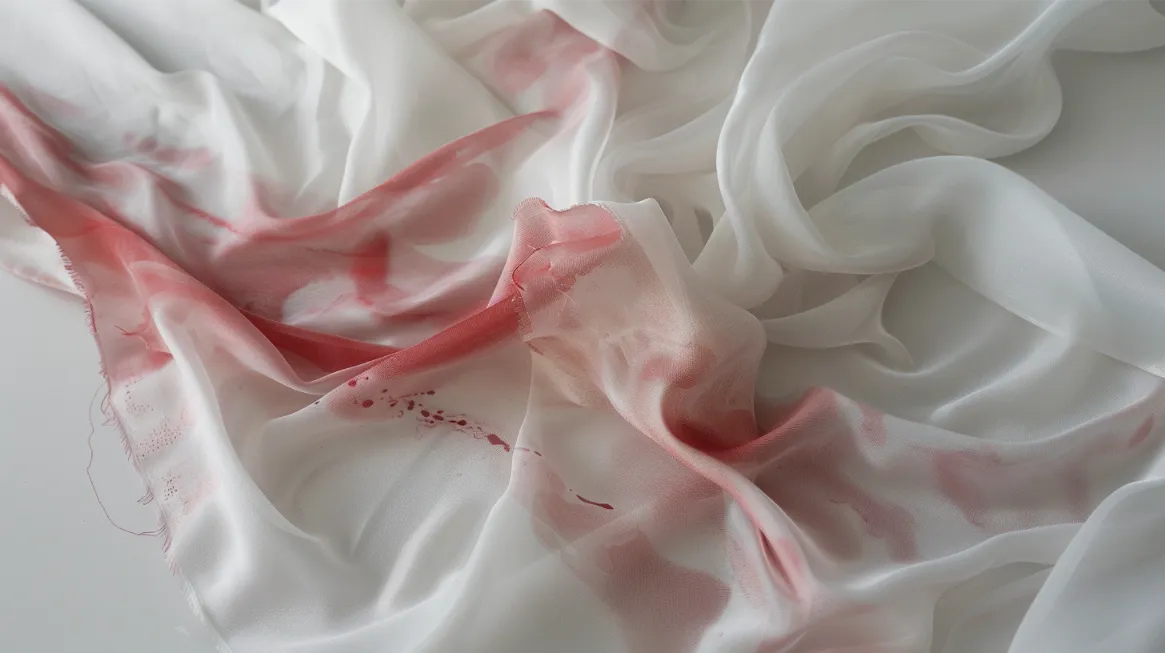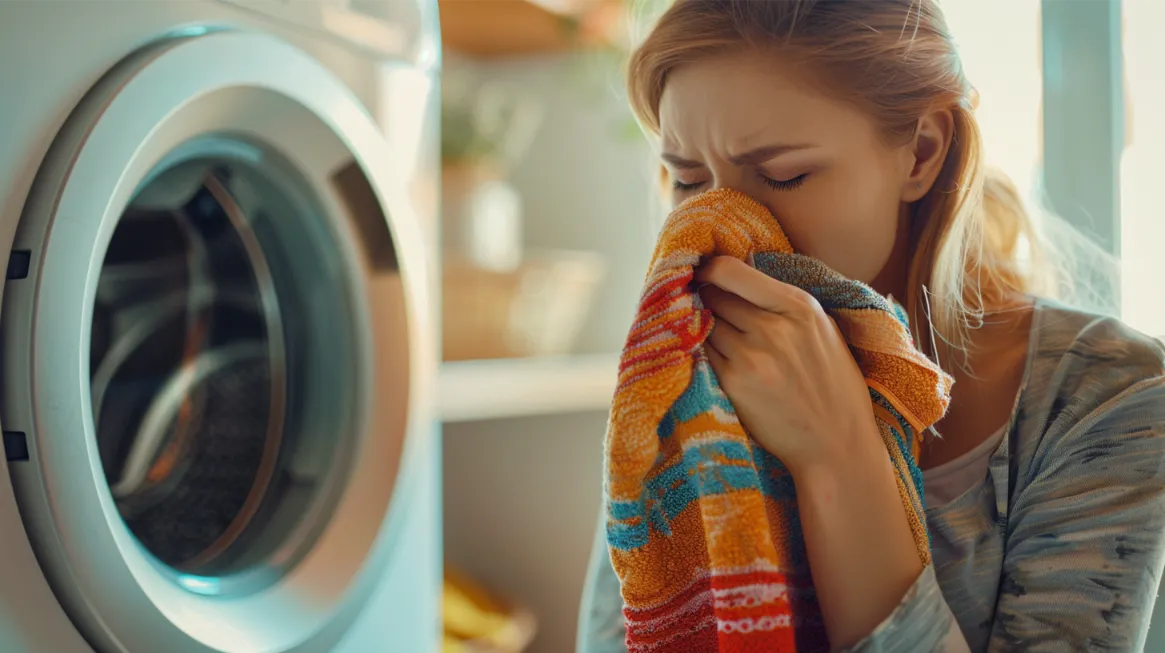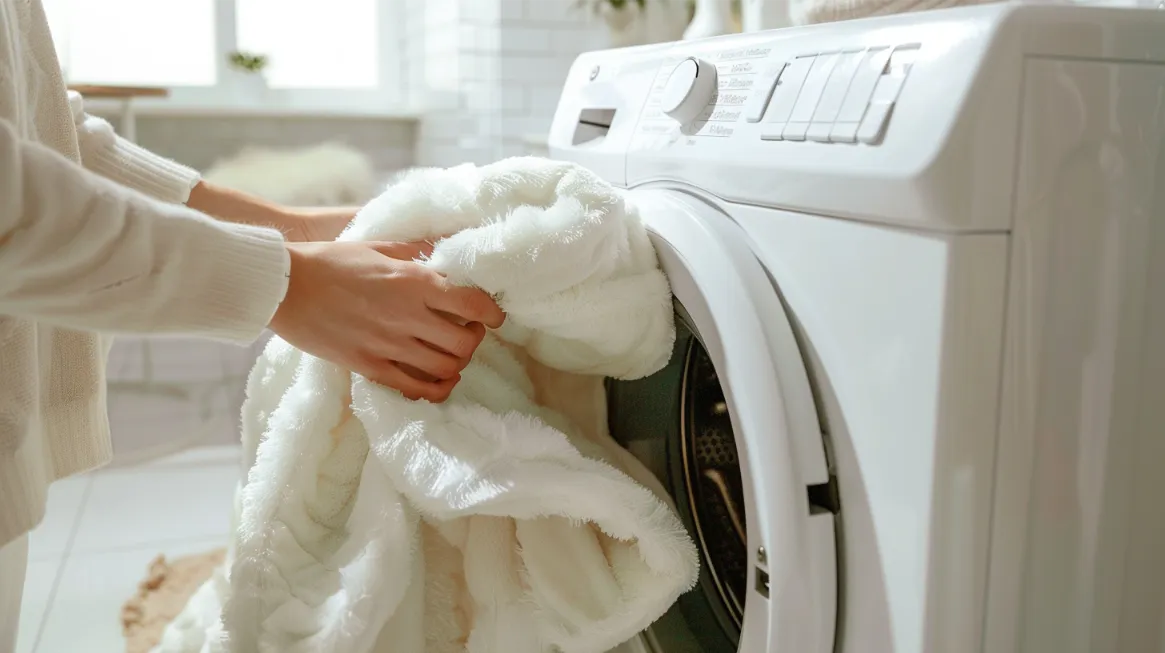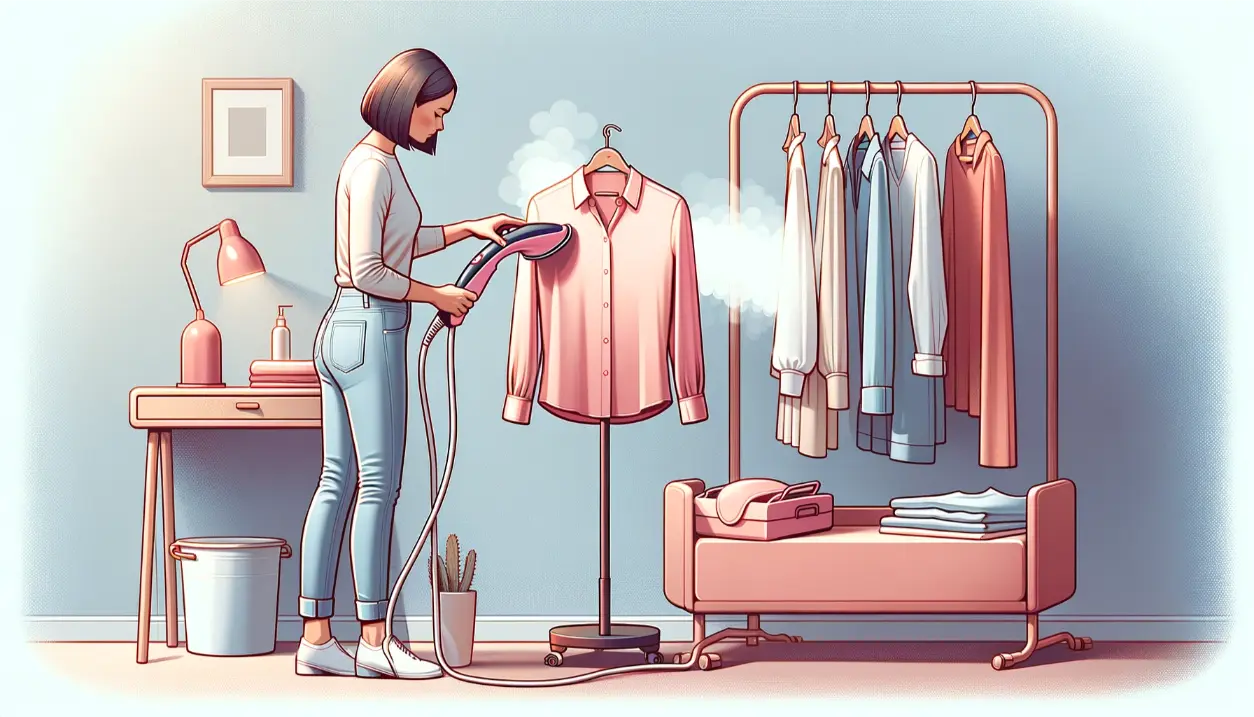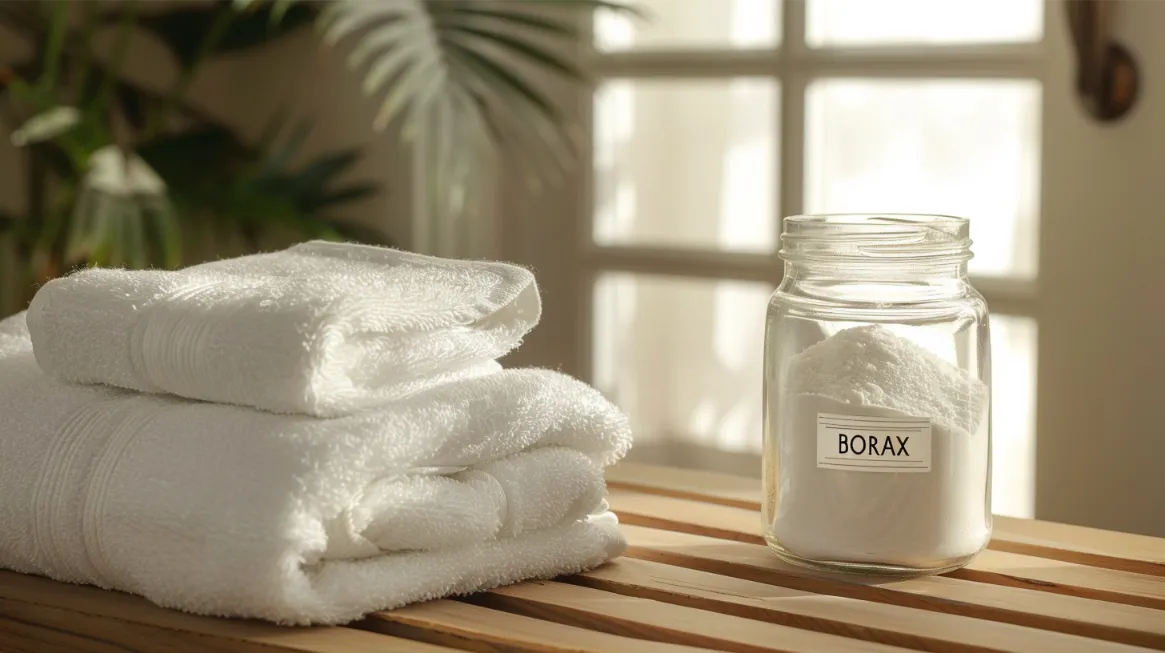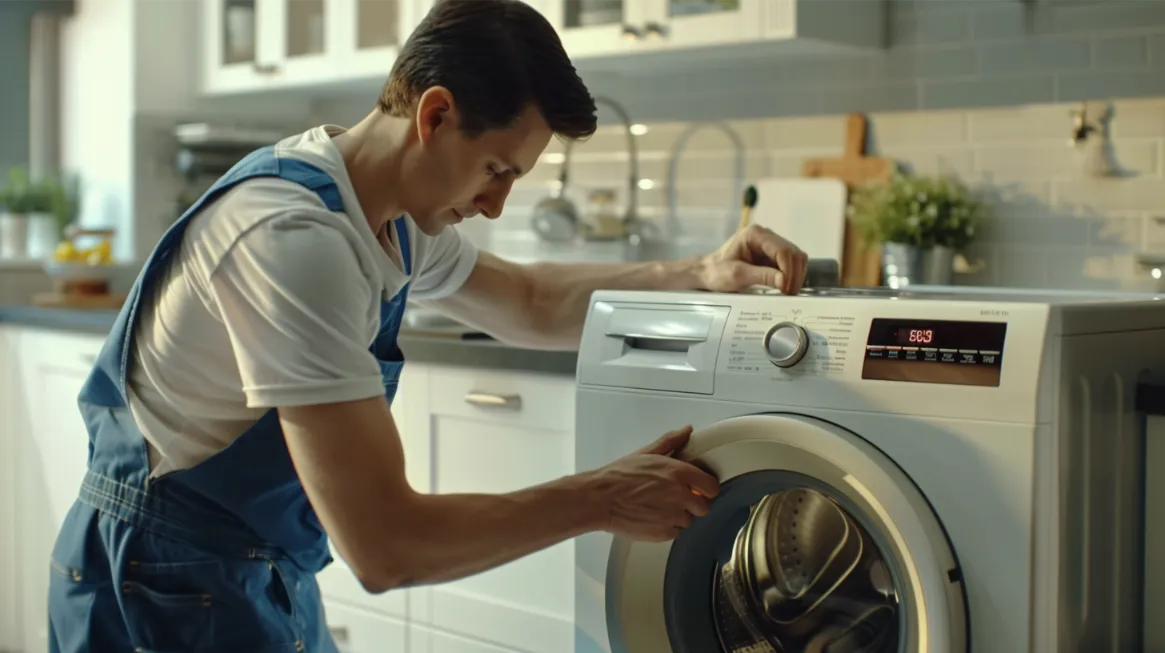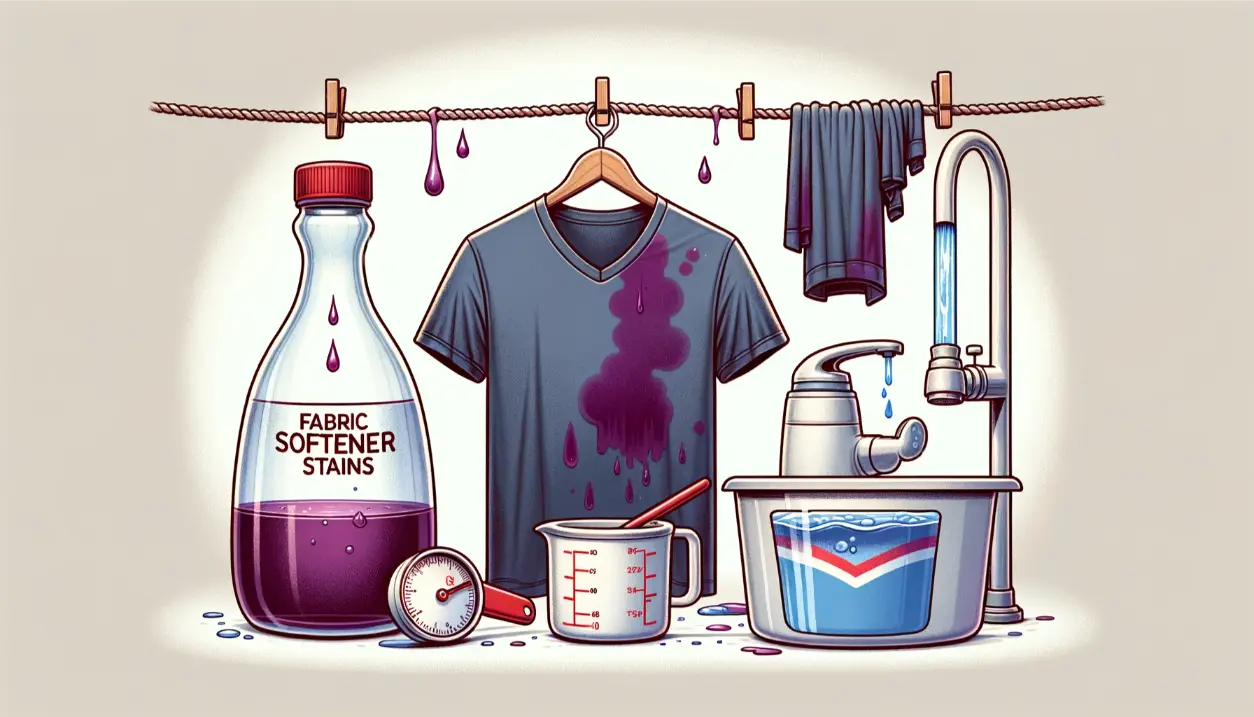Avoid putting leather in the dryer as it can damage the material. Opt for air-drying leather items slowly in a well-ventilated area. Gently remove excess water with absorbent materials before hanging or drying it. Direct heat should be avoided during the drying process. Once dry, apply a quality leather conditioner to maintain its integrity. Remember, proper care is essential for preserving leather quality.
Key Takeaways
- Avoid putting leather in the dryer to prevent shrinkage, warping, and oil loss.
- Leather may lose oils, stiffen, or warp in the dryer.
- Dry leather slowly in a well-ventilated area to maintain quality.
- Hanging leather items for even drying is recommended.
- Opt for air drying and conditioning to preserve the leather’s integrity.
What Happens When Leather Gets Wet
When leather gets wet, it is crucial to address the moisture promptly to prevent damage. Water can affect leather’s texture, color, and durability if not dried properly.
Effects of water on leather
Upon exposure to moisture, leather undergoes a series of detrimental effects that compromise its integrity and longevity. Water damage can lead to the loss of oils, causing the leather to dry out and become stiff and brittle. Additionally, water can result in staining and discoloration as the dyes in the leather bleed and transfer, leaving behind unsightly spots and faded patches.
Warped leather is another common consequence of water exposure, where the material can lose its original shape due to uneven drying processes. To prevent these issues, it is essential to handle wet leather carefully and guarantee proper drying techniques are employed to maintain the quality and appearance of the material.
Importance of drying leather properly
Why is it imperative to guarantee proper drying techniques when leather gets wet?
Leather’s vulnerability to water damage necessitates careful drying to prevent lasting harm. Key steps include promptly removing surface moisture, air drying slowly at room temperature, maintaining shape with stuffing, and conditioning with a quality leather conditioner post-drying.
Blotting excess water gently, avoiding direct heat, and using conditioners help minimize oil loss, staining, and warping. Ensuring leather items like bags and shoes retain their shape during drying is essential for longevity.
Properly dried leather maintains its texture and appearance, preventing cracking and preserving suppleness. Following these guidelines effectively protects leather goods.
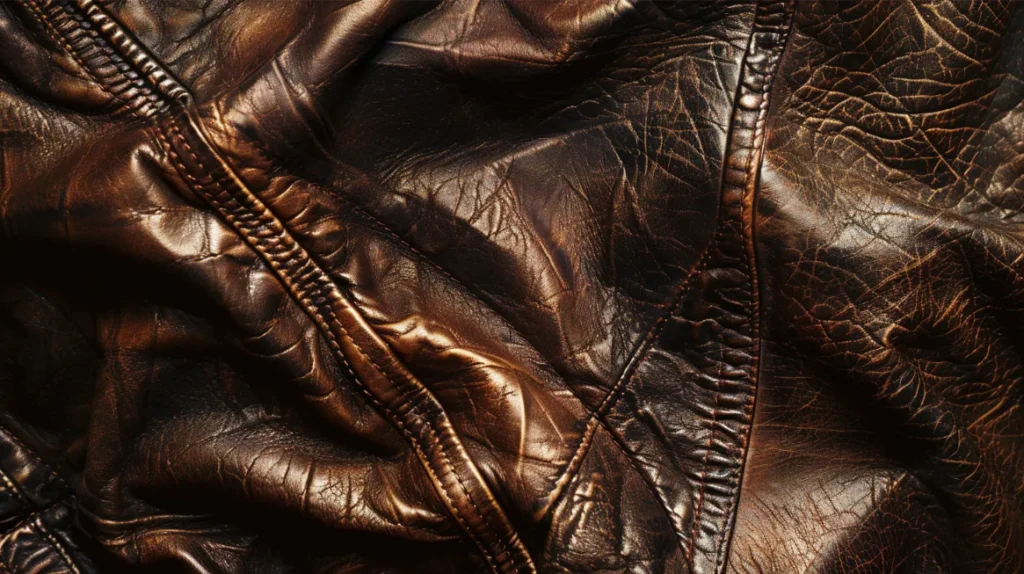
How to Dry Leather Safely
Properly drying leather involves removing excess water by gentle methods. Allowing the material to air dry slowly at room temperature is crucial. Applying a quality leather conditioner once dry is also essential.
These steps are essential for maintaining the leather’s supple feel, rich color, and overall quality over time. Following these guidelines guarantees that your leather items retain their shape, texture, and appearance for years.
Remove excess water
To safeguard the integrity of leather items during drying, it is essential to eliminate any surface moisture by gently blotting them with an absorbent towel or cloth. Blotting helps remove excess water without causing damage, such as wrinkles or shrinkage.
Use a dry towel to dab or press against the leather, avoiding vigorous rubbing that may push water more deeply into the material. For wet leather jackets, after blotting, carefully wring out the excess water by gently squeezing the garment without twisting too hard to prevent creasing or warping.
This initial step of removing excess water sets the foundation for safe and effective leather drying without compromising the quality of the material.
Air drying process
After removing excess surface moisture, allowing leather items to air dry naturally is crucial to preserving their quality and preventing damage during drying.
To air dry a leather jacket or other leather goods, hang them up in a well-ventilated area away from direct heat or sunlight. Hanging allows for maximum air circulation, aiding in even drying. You can place a fan nearby to increase airflow and speed up drying. However, avoid directing the fan directly at the leather item to prevent any potential damage.
Rotate the leather item occasionally to guarantee all sides dry uniformly. This method helps maintain the leather’s texture and appearance.
Applying leather conditioner
Applying a high-quality leather conditioner once the leather is dehydrated to the touch is essential for safe and effective leather drying. Restoring moisture to dry leather is necessary to prevent stiffness, brittleness, and cracking over time.
Quality leather conditioners like Bick 4, Lexol, Obenauf’s, or Chamberlain’s help replenish lost oils and maintain the suppleness of the material. To apply the conditioner, work a thin, even coat into the leather using a clean cloth. Allow the conditioner to fully absorb before buffing off any excess for best results.
This step is crucial in maintaining the longevity and appearance of your leather items, ensuring they stay in top condition for years to come.
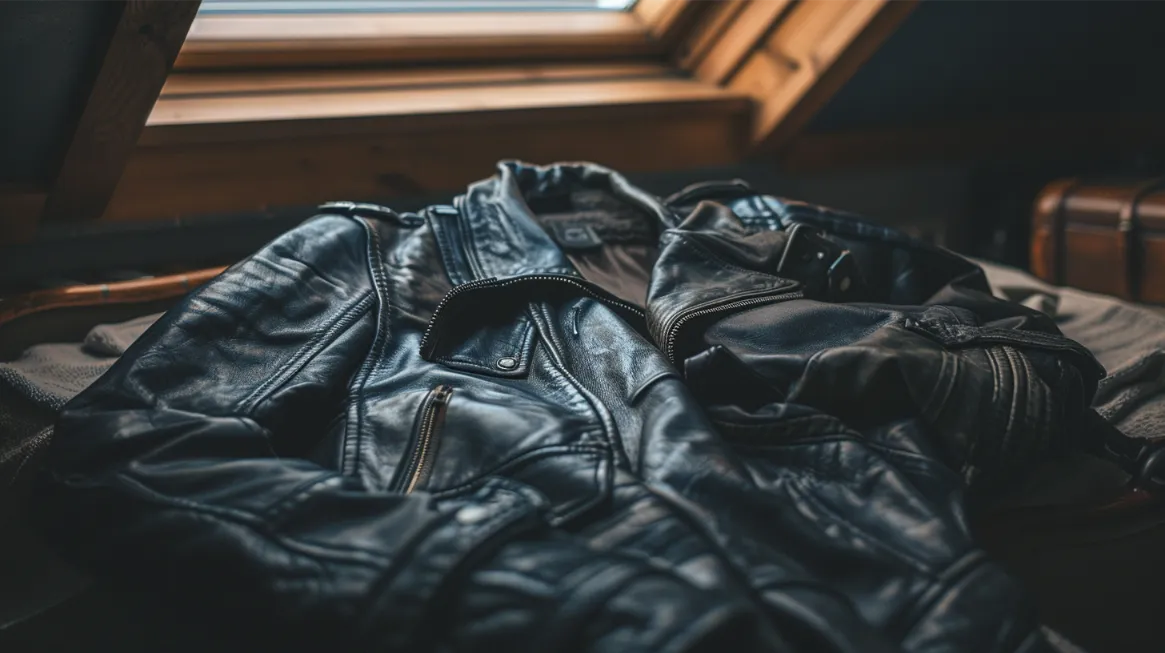
Things You Should Never Put in the Dryer
When it comes to drying delicate items like leather and suede, certain materials should never be subjected to the harsh conditions of a dryer. Leather, suede, backpacks, bags, wool, silk, and embellished clothes require gentle care to maintain quality and appearance.
Avoiding the dryer for these items is vital to prevent damage and maintain longevity.
Leather and suede
Leather and suede items like jackets, shoes, bags, and furniture should not be placed in a clothes dryer due to the harmful effects of intense heat on these materials. The high temperatures in a dryer can lead to shrinking and warping of leather, causing cracking and loss of shape. Additionally, the heat strips away the natural oils essential for keeping leather supple, resulting in dryness and brittleness over time.
The tumbling action in the dryer can further damage leather items, distorting their shape. Once leather undergoes this heat damage, restoration becomes nearly impossible. To maintain the quality of leather goods, allowing them to air dry at room temperature and applying a quality conditioner to replenish lost oils is crucial.
Backpacks and bags
Leather backpacks, bags, and those made from synthetic materials should never be placed in a dryer due to the risk of heat-induced damage. Heat can distort the shape of bags, causing warping, stretching, and loss of structure, especially if they have plastic reinforcement.
In addition, synthetic fiber materials like nylon or polyester in backpacks and bags can melt and fuse when exposed to dryer temperatures. Always opt for air drying instead of a dryer to preserve the quality of your bags. This precaution will help maintain the shape and integrity of your backpacks and bags, ensuring they stay in good condition for longer.
Other items (wool, silk, embellished clothes, etc.)
Items such as wool, silk, and embellished clothes require special care and should never be put in the dryer to avoid potential damage caused by heat. Wool and silk clothing are prone to shrinking, felting, or losing shape when exposed to the high temperatures of a dryer.
Embellished or beaded clothing can suffer from melted beads or detached embellishments if subjected to the dryer’s heat. Handling delicate items like these with care is essential to preserve their quality and appearance.
Always opt for air-drying or gentle drying methods for wool, silk, and embellished clothing to prevent irreversible damage. Keeping these items out of the dryer will help maintain their integrity and prolong their lifespan.
Cleaning and Maintaining Leather
Properly maintaining and cleaning leather items is crucial to guarantee their longevity and quality.
From washing a leather jacket correctly to conditioning leather regularly, these practices help preserve the material’s supple feel and appearance.
Additionally, following proper storage tips can prevent damage and maintain the integrity of your leather goods.
Washing a leather jacket
When considering the care and maintenance of a leather jacket, the washing process should be tailored to the jacket’s age, condition, and leather type.
For older leather jackets, machine washing on a gentle cycle with cold water and mild detergent can help remove dirt and oils. To prevent damage, do not machine wash delicate, distressed, suede, or embellished jackets. Hang the coat and air dry it, thoroughly conditioning it after drying.
Alternatively, opting for professional dry cleaning for delicate leathers like lambskin or suede is best. Dry cleaning is gentler and safer than home washing methods for maintaining the quality of these garments.
Conditioning leather regularly
After considering the care and maintenance of a leather jacket, regularly conditioning the leather is essential to ensure its longevity and quality. Conditioning leather helps keep it supple, preventing cracking and stiffness. Using a suitable leather conditioner to replenish lost moisture and oils is crucial, especially in dry climates where leather is prone to drying out. Different types of leather, such as aniline, nubuck, or suede, require specific conditioners for top-notch care.
You should apply a thin, even coat of conditioner with a clean cloth and allow it to absorb fully before buffing off any excess. Aim to condition leather items like jackets, furniture, and car interiors every 6-12 months, adjusting frequency based on environmental conditions.
Proper storage tips
To safeguard the longevity and quality of leather items, proper storage techniques play an essential role in preserving their condition and appearance. When not in use, it’s critical to stuff leather bags, jackets, and shoes with acid-free paper to help maintain their shape and prevent cracking.
Wrapping them in breathable cotton garment bags or cloth can help prevent drying out. Store these items in a cool, dry place away from heat, moisture, and direct sunlight to avoid damage. Using cedar blocks or lavender sachets can also deter insects.
Avoid sealed plastic bags or containers that may trap moisture, which can lead to potential damage. Following these storage tips guarantees that your leather items remain in excellent condition for years.
When to Seek Professional Help
When leather items have suffered severe water damage or are vintage or expensive, it is advisable to seek professional help. Leather experts have the knowledge and tools to assess the extent of the damage and apply appropriate restoration techniques.
Professional intervention can often salvage valuable leather goods that amateur attempts at restoration would irreparably harm.
Severely water-damaged leather
Seeking professional help is essential when dealing with severely water-damaged leather items due to the specialized tools and techniques required for proper restoration. Professional attention is necessary to prevent irreversible damage if a leather item has been heavily soaked. Severe water exposure can lead to oversaturation, mold growth, and potential delamination in bonded leather.
A reputable leather repair shop possesses the necessary equipment, such as moisture meters, drying cabinets, and leather-safe dehumidifiers, to effectively remove moisture from waterlogged leather goods. These professionals can also address mold and staining issues, ensuring thorough restoration without risking permanent harm like warping or cracking.
Attempting to salvage severely wet leather at home may exacerbate damage, making professional intervention crucial for successful recovery.
Vintage or expensive leather items
Professional assistance is advisable for vintage or expensive leather items to guarantee proper care and preservation of delicate and valuable pieces. This category includes vintage leather luggage or furniture, antique leather-bound books, designer leather handbags or accessories, and leather clothing from high-end fashion houses. These delicate and fragile leather goods require the expertise of professionals experienced in working with such materials.
They possess the necessary tools, products, and skills to handle these items without causing damage during cleaning and conditioning. Additionally, they can assess the condition of the leather and recommend suitable preservation methods if restoration is not feasible. When dealing with severely water-damaged or precious leather pieces, seeking professional care ensures your investment’s proper treatment and protection.


